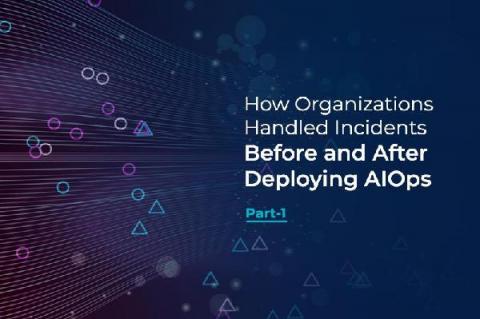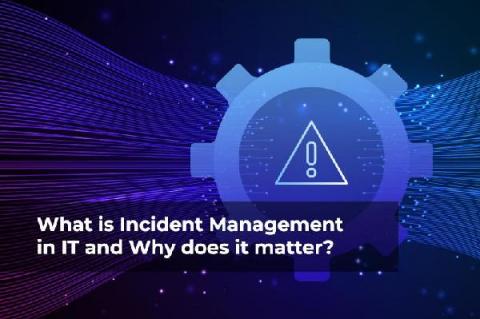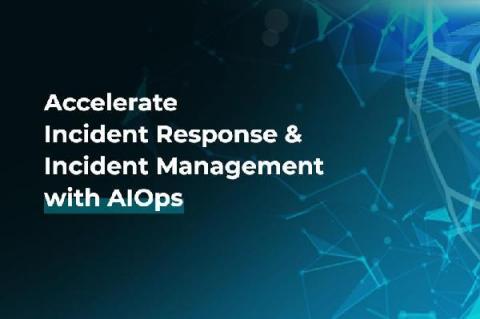Security | Threat Detection | Cyberattacks | DevSecOps | Compliance
Incident Management
What is Incident Management in IT and Why does it matter?
Streamlining Security Incident Management & Responses
In order to get a grasp on how to ease security incident management and response processes, there are terms to be clarified first. First of all, a security incident is the common name of an attack towards an organization’s cybersecurity system, network, or data in general. In addition, TechSlang also includes successful attacks within the term “incident”. Therefore, whether impactful or not, all types of attacks, violations, or exploitations can be described as security incidents.
AIOps in 2021 and Beyond: 5 Trends You Should Be Aware Of
Effective Cyber Crime Investigations Demand Thoughtful Disclosures
The lifecycle of a cyber security incident can be broken up into three stages: investigation, remediation and notifications/disclosures, the latter often being the most complex, time consuming and costly. Disclosure challenges are compounded due to breach notification laws that require initial statements before the investigation is completed and the incident is fully contained. They can also stem from improper interpretation of digital forensics findings.
Stay Alert to Security With Xray and PagerDuty
When it comes to securing your software development against open source vulnerabilities, the earlier action occurs — by the right person — the safer you and your enterprise will be. Many IT departments rely on the PagerDuty incident response platform to improve visibility and agility across the organization.
Accelerate Incident Response and Incident Management with AIOps. 5 Key Benefits in Cisco Environments
Artificial Intelligence for ITOps (AIOps) can help accelerate incident response with all the incident context, impact assessment, triage data and collaboration & automation tools at one place.
How to Test Your Incident Response Plan: Everything You Need to Know
Cyber threats are constantly evolving. All systems, people and processes around us are unceasingly dependant on technology. Even the most sophisticated cyber defense frameworks that seem virtually impenetrable can be breached by unauthorized intrusions. This escalates the need to formulate a steadfast incident response plan and conduct regular tests to assess its capabilities.
Building incident response plan - SOAR cybersecurity | Anlyz
Cybersecurity breaches are at a record high and the trends indicate that the situation is nowhere close to dying out. The past year has seen a surge of attacks on global business giants narrating their experiences and spelling out that expensive resources and tools are not enough to defend an organization from security threats. (Bold, Italics) So, what is it that businesses need to do to ensure that their security system is immune to attacks?
3 Steps to Building a Resilient Incident Response Plan
According to the Accenture State of Cybersecurity 2020 report, the average cost of a cyber attack for ‘non-leaders’ stands at $380,000 per incident. The report classifies organizations into ‘leaders’ and ‘non-leaders.’ The ‘leaders’ are those who set the bar for innovation and achieve high-performing cyber resilience. Given the rate of cyber attacks today, a security breach can easily run a non-resilient business into a major loss.











